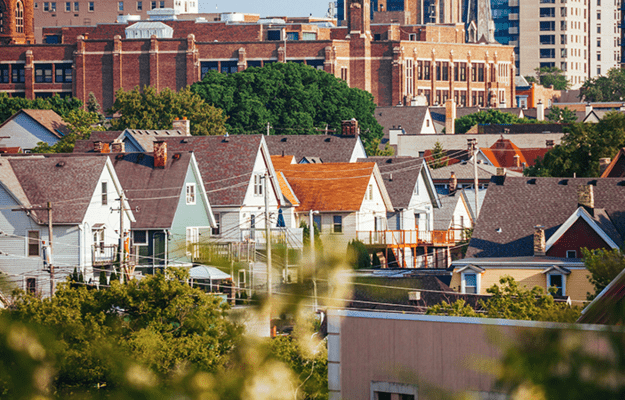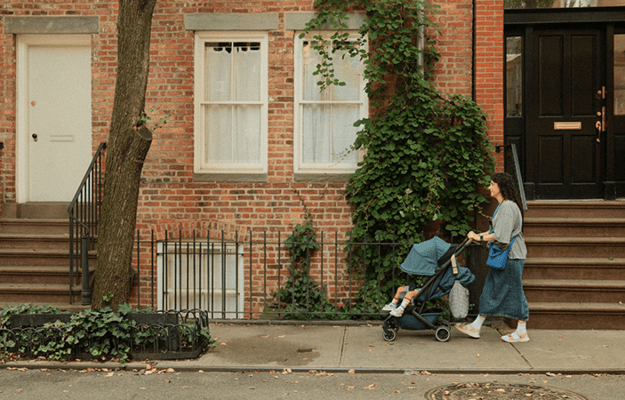
(Rawpixel.com/Shutterstock)
How Do School Choice and Neighborhood Socioeconomic Status Affect School Racial Composition?
- Title:
-
School Choice, Neighborhood Change, and Racial Imbalance Between Public Elementary Schools and Surrounding Neighborhoods
- Author:
-
Kendra Bischoff, Laura Tach
- Source:
- Publication Date:
-
2020
Schools are key neighborhood institutions that often reflect the racial and socioeconomic composition of their surrounding neighborhoods. But when families opt out of neighborhood public schools, the racial composition of the neighborhood and its schools can diverge. As neighborhoods change, it may affect schools in different ways - through school composition changes or an increase in new residents with high incomes opting out of schools. This study examines the change in racial imbalance between neighborhoods and their zoned public schools over time in 21 of the largest US school districts, investigating whether these imbalances can be explained by school choice options or by neighborhood socioeconomic change.
The authors use elementary school demographic data from the Common Core of Data and National Center for Education Statistics. They compare these data to the Census Bureau’s demographic data of each school’s attendance zone to quantify the racial imbalance between the school and its neighborhood in 2000 and 2010. Using location data, they find the number of private, charter, and magnet schools within commuting distance of each school attendance zone. They classify each school attendance zone as socioeconomically declining, socioeconomically improving, or having average change compared with the school district in which it is located. The authors model how the availability of school choice and the socioeconomic change in a neighborhood predict school-neighborhood racial gaps.
They found that the school choices available to families contribute to the racial imbalance between local public schools and their neighborhoods. Higher numbers of local private schools are associated with growing racial imbalances, where white children do not attend their local public school. In contrast, adding charter schools to a neighborhood is associated with a slight decrease in the racial imbalance, suggesting that nonwhite children enroll in charter schools more than white children in this sample.
Looking at changes in neighborhoods over time, authors found that almost all schools where the racial imbalances increased were in neighborhoods experiencing socioeconomic gains. White parents opted out of local public schools at the highest rate in high-socioeconomic-status neighborhoods.
Key findings
- On average, there is a larger share of white elementary-aged children living in a neighborhood than attending its zoned elementary school, with a gap of about 4 percentage points. In 10 percent of schools, this gap was more than 16 percentage points.
- Between 2000 and 2010, the racial gap remained steady in about one-third of schools. It increased by more than 8 percentage points in 10 percent of schools and decreased by more than 8 percentage points in 10 percent of schools. These changing gaps can be partially explained by school choice options and neighborhood socioeconomic change.
- Private elementary schools are much more common than either charter or magnet schools, but the number of private schools declined from 2000 to 2010 while the number of charter schools increased fourfold.
- Modeling suggests magnet schools are in areas within their districts that already have larger racial imbalances.
- In neighborhoods where socioeconomic status declined, the racial imbalance decreased. In neighborhoods where socioeconomic status improved, the racial imbalance increased.
- These variables do not fully account for changes in racial imbalances. Other school choice options—like open enrollment plans, homeschooling, or special programs like Gifted and Talented education programs—may also play a role in racial imbalances.
Policy implication
- In some places, schools function as neighborhood institutions and local public goods. But in others, the racial imbalances between neighborhoods and schools can have significant impacts on the resources available to public schools, student outcomes, and the role of schools as community anchors to support social development and civic capacity.
- These school-neighborhood racial gaps also have implications for housing and development policy. The existence of these gaps shows that changes to neighborhoods do not always have the same impacts on schools.


